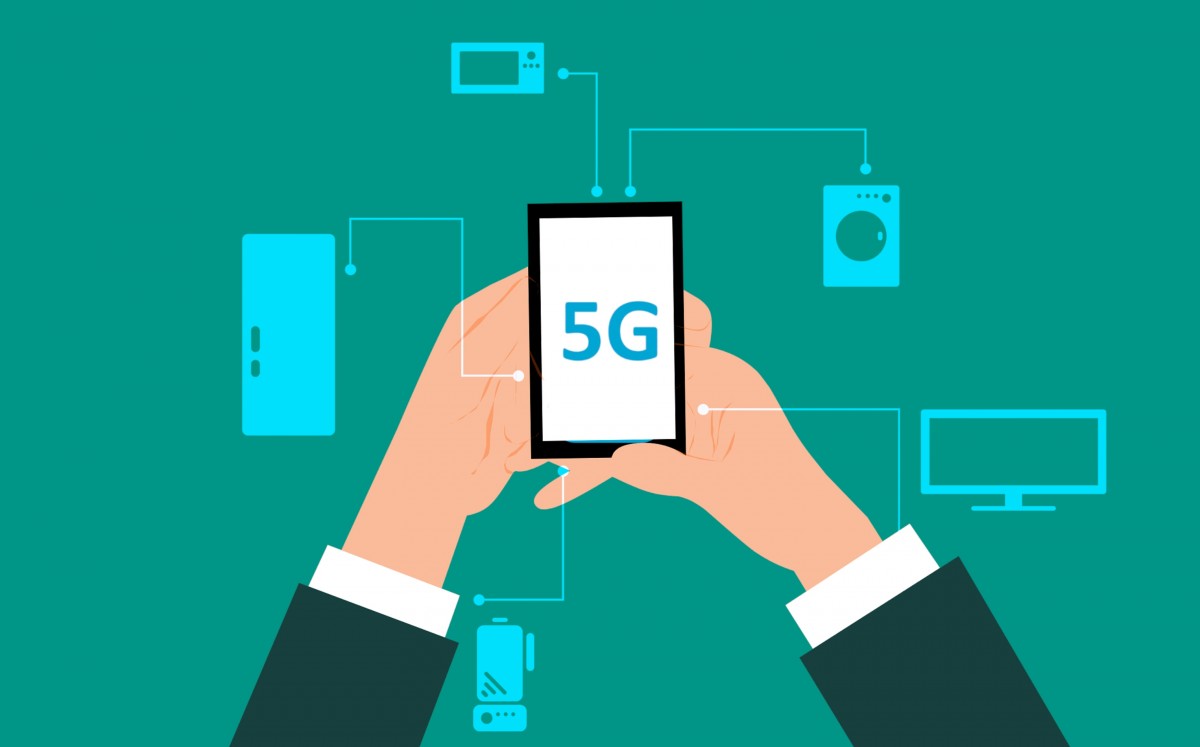
5G is coming and with it, all kinds of hype about AT&T, Verizon and new devices. 5G goes far beyond cell phone technology, though. It has massive implications for Information Technology. Here are the ways 5G is anticipated to change IT.
What is 5G?
Simply put, 5G is the fifth generation of wireless technology. Each new generation has offered increased data transmission speed. Each has also had facets that made it different and, most importantly, incompatible with the previous generations.
1G was analog cellular. 2G technologies were the first generation of digital cellular technologies. 3G brought speeds from 200 kbps to a few megabits per second. 4G were the next incompatible leap forward, and they are now scaling up to hundreds of megabits and even gigabit-level speeds. 5G will be faster, more responsive and able to connect to far more devices at once (PC Magazine).
How 5G will Change IT Operations
Information Technology is in nearly all public- and private-sector verticals. Everything, from automated vacuums that sense spills to drones that communicate digital images to a command center in real time, benefit from wireless communications technology. 5G will improve and increase everything from safety to entertainment.
Public Safety And Smart Cities
As this video explores, 5G can gather real time video, audio and other data to display for monitoring.
In an emergency, we call on multiple resources. Police, fire and medical squads come to mind immediately. There is usually one body, or even one person, responsible for making the final decision based on the data. This decision-maker is required to gather and process information from a variety of sources simultaneously. Managing the constant influx of new data coming from all directions can be a challenge.
With anticipated developments in 5G allowing smart cities, all information from cameras, drones and sensors present pertinent information. Everything from current traffic conditions to police sharing how many city blocks are affected will be compiled and easy to access. Hospital data helps with everything from deployment to using VR and AR to process other data (traffic, hospital expertise and expected wait times) in order to decide who is dispatched where. Information about the scene is also instantly available. This eliminates the need for connecting via call or text. 5G launch cities will regularly report valuable data to continue making their cities smarter.
Healthcare
Information Technology and rapid advances—specifically in remote control and VR/AR—have revolutionized surgery. Surgeons perform surgeries on a tiny or large scale through robotics, magnification and large technologies like the DaVinci machine. Additionally, these surgeries often rely on augmented or virtual reality. Usually they are in the same room or nearby. 5G technologies will be able to communicate more data faster. With such high capability and low risk, surgeries will be able to be performed from hundreds of miles away.
Reality Technologies
A hindrance to reality technologies is the massive bandwidth required. In addition, these technologies rely on rapid responses to run smoothly and offer the best experience. With 5G’s increased bandwidth and diminished latency, AR and VR will be more accessible across every sector. We should see many more practical applications of these technologies in daily life including in medicine, as mentioned above.
The Journey to 5G
5G, meeting global standards, will see implementation in 2019 with 2020 seeing implementation complete. Computer Resources of America will continue to monitor its progress and potential applications across industries.
